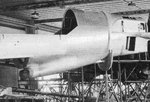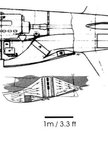FLYBOYJ
"THE GREAT GAZOO"
Please simmer this down a bit. I don't want this interesting thread to become ugly. Many thanks.Frankly, I believe you are completely ignorant of the technology involved and just try to cheer for the P-51 though you're completely clueless when it comes to thermodynamics.



